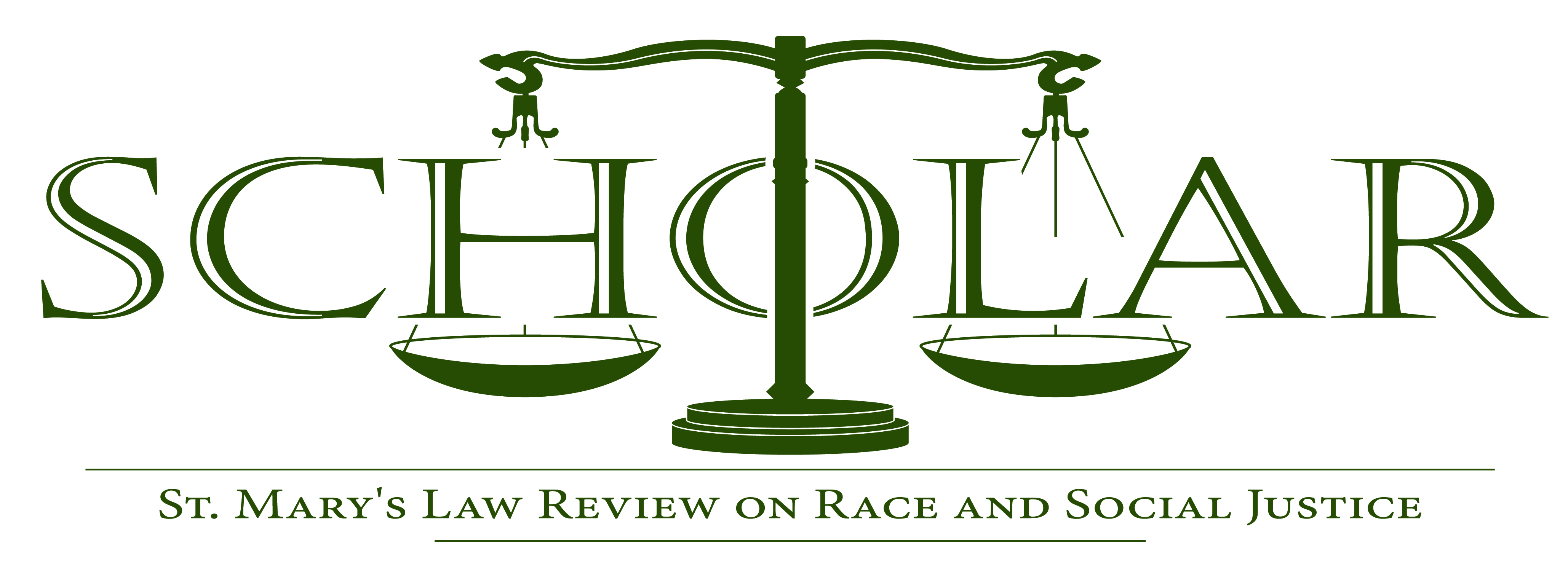
Abstract
Without guidance from the Supreme Court, federal circuits have been left to develop a patchwork of theories of corporate standing for racial discrimination. This patchwork of theories has ultimately resulted in an unstable doctrine, as each court applies a different theory of corporate and racial identity and, from a different premise, reach a different conclusion. To stabilize the doctrine of corporate racialization and resolving conflicting circuit outcomes, the Supreme Court should step in and determine when a corporation has standing to sue for racial discrimination. To properly respond to both the epistemological conundrum of race and the ontological conundrum of corporate identity, the Court should look to the District of Columbia Circuit court’s opinion in Gersman v. Group Health Association, Inc. and the First Circuit court’s opinion in Vergnes v. Seekonk Water District. Intertwining these cases’ analytical frameworks would create a doctrine which holds that corporations have standing to litigate civil rights claims when a person, with racially discriminatory intent, interferes with its right to contract. By focusing on the defendant’s perception, court’s no longer hold the burden of determining an entity’s race for purposes of standing, which in turn facilitates cleaner holdings. While admittedly this may frustrate corporate boundaries by permitting a corporation to assert a claim when it is harmed by discrimination against someone who may or may not classically constitute the corporation, courts are equipped to compare and contrast the quality of the relationships between the corporate plaintiff and the minority with whom it seeks a relationship.
Recommended Citation
Jonathan Bailyn,
A Critical Race Theorist Account of Corporate Racial Standing.,
16
The Scholar
(2014).
Available at:
https://commons.stmarytx.edu/thescholar/vol16/iss4/2
Volume Number
16
Issue Number
4
Publisher
St. Mary's University School of Law
ISSN
1537-405X

